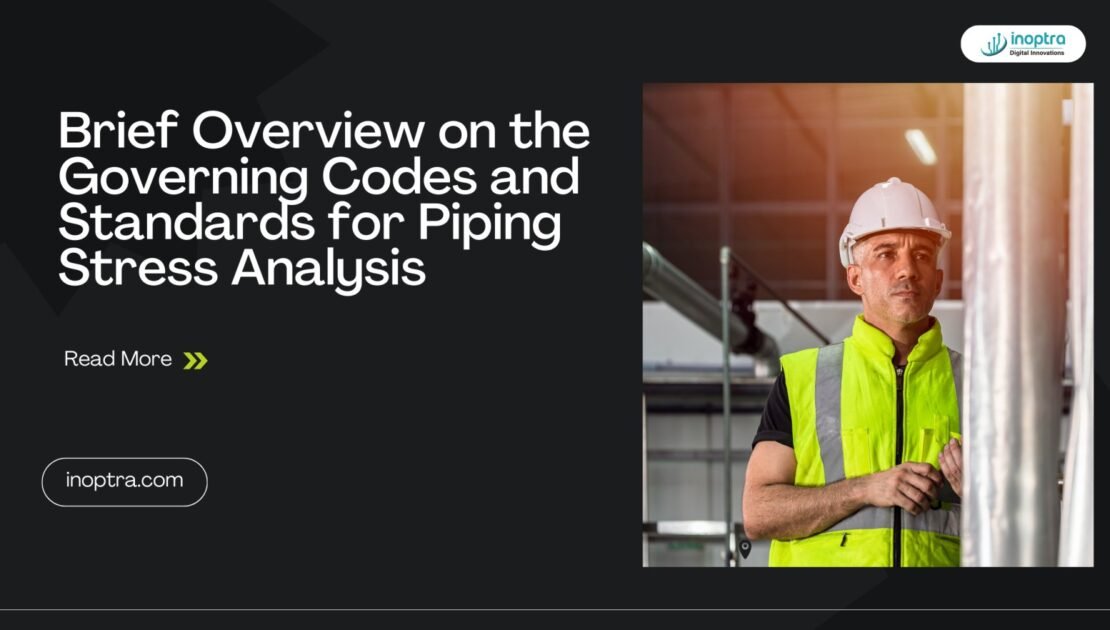Several codes and standards provide guidelines and criteria for performing stress analysis. Some of the most prominent ones include:
- ASME B31.1 Power Piping: Primarily focuses on power plant piping systems, covering materials, design, fabrication, and testing.
- ASME B31.3 Process Piping: A comprehensive code for process plant piping, encompassing a wide range of industries and applications.
- ASME B31.4 Pipeline Transportation Systems: Addresses the design and construction of pipelines for the transportation of liquids and gases.
- ASME B31.8 Gas Transmission and Distribution Piping Systems: Specifically tailored for gas transmission and distribution pipelines.
- ANSI Standards: Covers dimensions, tolerances, and material properties for various piping components.
- ASTM Standards: Specifies material properties and testing procedures for piping materials.
- API 610: Provides guidelines for allowable nozzle loads on centrifugal pumps for Petroleum, Chemical, and Gas Industry Services.
- API 617: Specifies allowable nozzle loads for Centrifugal Compressors for Petroleum, Chemical, and Gas Industry Services.
In conclusion, adherence to governing codes and standards is not merely a regulatory checkbox but the foundation of safe, reliable, and cost-effective piping systems. While these standards provide critical frameworks, many organizations struggle with efficiently implementing them amid increasingly complex projects, tighter schedules, and limited specialized expertise. This is where InOpTra delivers exceptional value through our comprehensive Piping Stress Analysis services.
InOpTra addresses the common pain points experienced by clients, including regulatory compliance uncertainty, resource constraints, and integration challenges between design and analysis teams. Our specialized engineers leverage advanced computational tools alongside deep code knowledge to ensure your projects not only meet but optimize around ASME B31 series, API standards, and international requirements. We excel at navigating the complexities of multi-code environments where different jurisdictional requirements intersect.
By partnering with InOpTra, clients gain access to expertise that transforms compliance challenges into opportunities for design optimization, material savings, and maintenance cost reduction. Our systematic approach identifies potential failure points before they become operational issues, supports regulatory documentation requirements, and provides clear technical justifications for design decisions. Furthermore, our ability to balance theoretical analysis with practical construction and operations considerations ensures that your piping systems not only pass inspection but deliver maximum performance throughout their service life, ultimately protecting your assets, personnel, and reputation in an increasingly scrutinized industry landscape.




